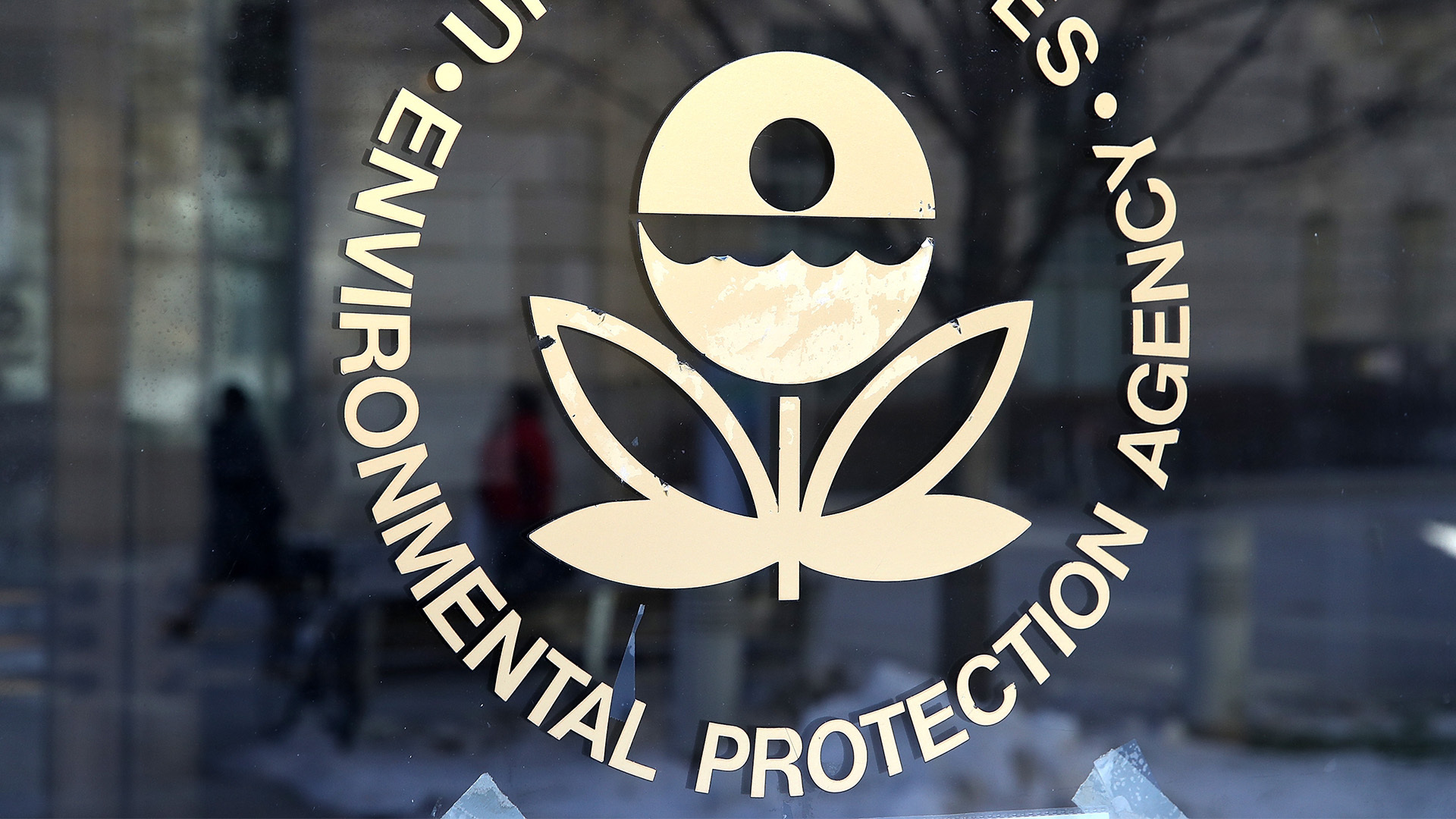
[Ohio Attorney General Dave Yost]
[JACK ALYMER]
THIS RALLY IN OHIO – JUST ONE OF THE LATEST EXAMPLES OF PUSH BACK TO THE FEDERAL AGENCY’S NEW PROPOSED EMISSIONS STANDARDS.
THESE STANDARDS WOULD ESSENTIALLY REQUIRE TWO-THIRDS OF NEW VEHICLES SOLD IN THE U.S. TO BE ELECTRIC BY 20-32.
IT’S A PLAN LAWMAKERS AND AUTOWORKERS SAY IS TOO MUCH TOO FAST.
[Ohio Lt. Governor Jon Husted]
“It’ll be devastating for working class people because it’s going to cost them their jobs, it’s going to mandate that they buy electric vehicles, which are much more expensive and a lot less reliable for the things that they need to do to live and work every day.”
[JACK ALYMER]
THIS DEMONSTRATION IN OHIO ISN’T THE ONLY VOCAL OPPOSITION TO THE EPA.
MORE THAN ONE-HUNDRED-AND-THIRTY MEMBERS OF CONGRESS WROTE A LETTER TO PRESIDENT BIDEN AND EPA DIRECTOR MICHAEL REAGAN.
IN IT, THE BIPARTISAN GROUP SAYS THIS EMISSIONS PLAN IS UNREALISTIC AND ABSURD.
THEY BELIEVE IT WILL HARM AMERICAN FAMILIES AND BUSINESSES, WHILE MAKING THE NATION MORE RELIANT ON CHINA.
LAWMAKERS ALSO POINTED TO RECENT FEDERAL ENERGY REPORTS – WHICH PREDICT ONLY 1 OUT OF 5 NEW VEHICLES WILL BE AN E-V BY 20-50.
NOW WE’RE LEARNING THE EPA MAY ALTER COURSE.
THE AGENCY IS CONSIDERING DELAYING THEIR EMISSIONS PLAN UNTIL AFTER 20-30 AS A WAY OF GIVING AUTOMAKERS MORE TIME TO COMPLY.
REGULATIONS WOULD THEN SHARPLY INCREASE TO HIT THAT GOAL OF ALL ELECTRIC VEHICLES MAKING UP 67 PERCENT OF U.S. NEW CAR SALES COME 20-32.
THE ORIGINAL PROPOSAL WOULD HAVE FIRST STARTED IMPACTING VEHICLES MADE IN 20-27, PROMPTING FORD, STELLANTIS, GM, AND THE UNITED AUTO WORKERS UNION TO ASK FOR A DEADLINE EXTENSION.
THIS REVISED PLAN WOULD STILL ACHIEVE ROUGHLY THE SAME GREENHOUSE GAS REDUCTIONS AS THE ORIGINAL ONE BY 20-55.
BUT ENVIRONMENTAL ADVOCATES ARGUE THERE’S NO TIME TO WASTE, AND PUSHING BACK THE TIMELINE WILL RESULT IN HAZARDS OF ITS OWN.
[DAN BECKER]
“More oil use, more pollution, more global warming, and more kids with asthma. So that’s a bad deal.”
[JACK ALYMER]
THE SIERRA CLUB HAS ALSO CALLED ON THE EPA TO MOVE FORWARD WITH ITS INITIAL PLAN.
THEY SAY MORE THAN 137 MILLION AMERICANS, OVER A THIRD OF THE NATION’S TOTAL POPULATION, ARE CURRENTLY LIVING WITH HARMFUL LEVELS OF AIR POLLUTION.
A PROBLEM STRICTER EMISSIONS STANDARDS IN THE SHORT TERM COULD HELP ADDRESS.
A DECISION ON WHAT THESE REGULATIONS WILL ULTIMATELY LOOK hasn’t been made yet.
A FINAL RULING ON EMISSIONS REGULATIONS is expected by MARCH AT THE EARLIEST.







